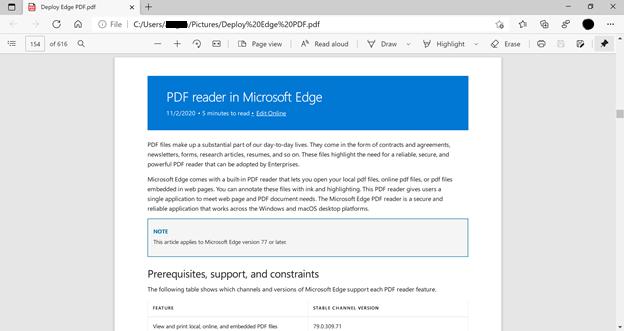
- Excel conditional formatting for dates on mac how to#
- Excel conditional formatting for dates on mac for mac#
- Excel conditional formatting for dates on mac free#
- Excel conditional formatting for dates on mac windows#
Excel conditional formatting for dates on mac windows#
Windows excel version: Microsoft Office Excel 2007 (.5000) SP3 MSO (.
Excel conditional formatting for dates on mac for mac#
Mac excel version: Microsoft Excel for Mac 2011 Version 14.0.0 (100825) (running on OS X 10.9.4) Why isn't this returning the entire row to the non-formatted state (plain black font, no fill color)?įYI here are the versions we are running: It mostly functions the same way on Windows - if 'O' is set to either "n/a" the row is gray, if 'O' is a date today, only cell 'O' is returned to plain black font and no fill color - all the other cells in that row remain either red/gray. My formula is: =IF(ISBLANK($O1),FALSE,IF($O1 today no special formatting is applied (and it looks that way - plain black font, no fill color).
Excel conditional formatting for dates on mac free#
Here is the link to go to my free Video Podcast, “Danny Rocks Tips and Timesavers” on iTunes.So I've got an excel doc with some simple conditional formatting set up and it works perfectly on my Mac. Select a style, for example, 3-Color Scale, select the conditions that you want, and then click OK. On the Home tab, click Conditional Formatting. Watch this Video in High Definitionįollow this link to watch my Excel Tutorial in High Definition on my YouTube Channel – DannyRocksExcels Get the Best Tips and Training for ExcelĬlick on this link to learn more about my best-selling DVD-ROM, “The 50 Best Tips for Excel 2007.” This link will take you to my secure online shopping website – Subscribe to my Video Podcast on iTunes Select the range of cells, the table, or the whole sheet that you want to apply conditional formatting to.
Excel conditional formatting for dates on mac how to#
I demonstrate how to “toggle” Conditional Formatting On or Off by using a Check Box Control in Excel. Related Videoįollow this link to Part Two in this Series. As a Best Practice, I recommend that you create a table of formulas so that you can see how a “tweak” in your formula can turn a FALSE answer into a TRUE answer. It will take a little bit of practice for you to become comfortable with these formulas. All logical tests must answer TRUE for the AND() Function to return TRUE. To make it easier for you to practice this skill, I have posted this table that details the formulas that I used for each of the three rules in my video tutorial.Note that with the middle condition, I use the =AND() Function. Formulas Used to Apply Conditional Formatting Remember that when you use a formula, it must evaluate as “TRUE” in order to apply the formatting that you specify. Select the rule, and then click in the lower-left. On the Home tab, click Conditional Formatting, and then click Manage Rules. Improvements in Conditional Formattingīeginning with Excel 2007, you can now apply multiple rules that use formulas. Click in the range that contains the conditional formatting rule that you want to change.


I use this to classify the last date of contact with her clients. This is a “volatile” function that updates automatically based upon the date in your computer system’s clock. In order to make this visualization “dynamic,” I make references to cells that contain the =TODAY() Function. However, this will only work if you are using Excel 2007 or Excel 2010. Here, I demonstrate how she can do this using Conditional Formatting Rules.



 0 kommentar(er)
0 kommentar(er)
